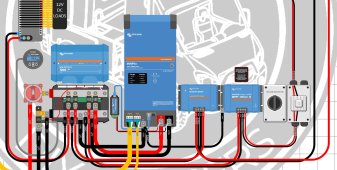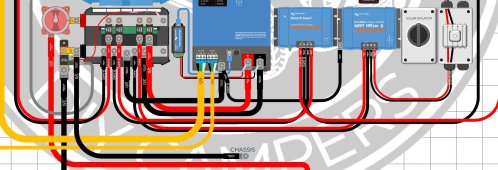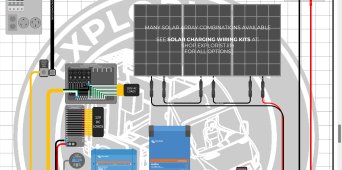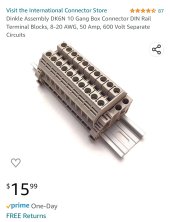chaostactics
New Member
I need to connect my Victron inverter/charger to shore power. The inverter charger is all the way at the front of the trailer and the shore power outlet is on the back of the RV. So the shore power is now run to the converter/main panel in the RV but I will disconnect that, and splice the shore power wire to the wire running to the inverter charger. Most resources online about best practices in an RV discuss the splicing of DC power only. The main panel/converter is mid-way down the RV. RV is 26'






